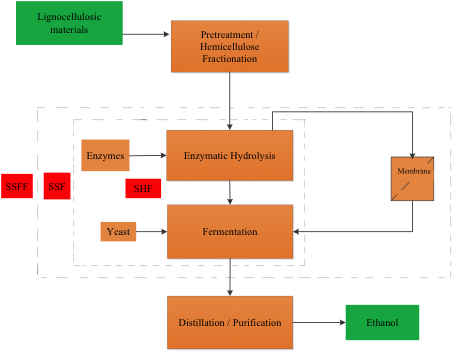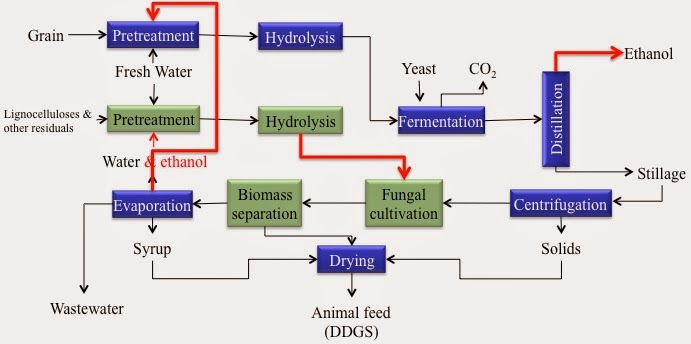Fruits is probably just something to eat. But, it has a special function in reproduction of the trees by carrying the seeds. The fruits should be on trees for a some weeks or months and keep safe against the continual bacterial attacks. That is where the flavors comes into the picture. One of their important functions is to keep the fruits safe until matured.
We have globally more than 400 million tons fruits waste every year, that is perfect to be converted to biogas and produce energy. However, these flavors can become problem and when you put them in the reactor, they can kill the cells even in very low concentrations. What are these flavors, how toxic they are and how to treat them, is a subject of PhD thesis by Rachma Wikandari. She is defending her thesis in a couple of weeks on 27 Nov. Here is the details of her work:
PhD thesis: Effect of fruit flavors on anaerobic digestion: inhibitions and solutions
and publications:
1. Inhibitory effects of fruits flavors on methane production during anaerobic digestion
2. Ester compounds on biogas production: beneficial or detrimental?
3. Effect of Ketone, Lactone, and Phenol on Methane Production and Metabolic Intermediates during Anaerobic Digestion
We have globally more than 400 million tons fruits waste every year, that is perfect to be converted to biogas and produce energy. However, these flavors can become problem and when you put them in the reactor, they can kill the cells even in very low concentrations. What are these flavors, how toxic they are and how to treat them, is a subject of PhD thesis by Rachma Wikandari. She is defending her thesis in a couple of weeks on 27 Nov. Here is the details of her work:
PhD thesis: Effect of fruit flavors on anaerobic digestion: inhibitions and solutions
and publications:
1. Inhibitory effects of fruits flavors on methane production during anaerobic digestion
2. Ester compounds on biogas production: beneficial or detrimental?
3. Effect of Ketone, Lactone, and Phenol on Methane Production and Metabolic Intermediates during Anaerobic Digestion










